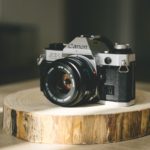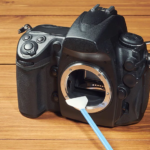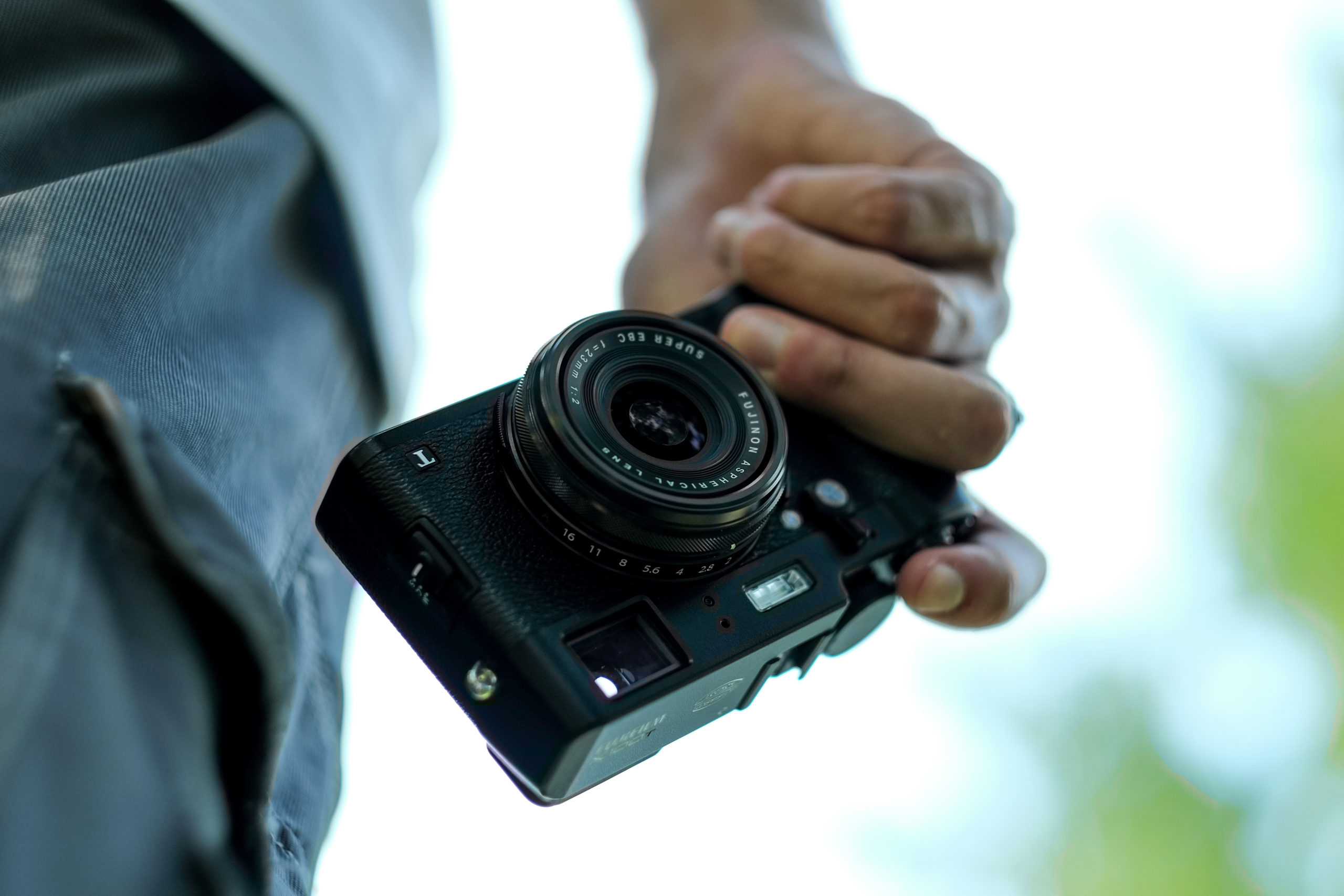SLR camera design
Cameras allow you to take beautiful, high-quality, bright pictures. When choosing them, it is necessary to take into account some parameters, including the so-called filling. The design of an SLR camera is not complicated, but there are several important details that affect image quality. These include the matrix, lens, aperture, image stabilizer and others. Let's look at this issue in more detail.
The content of the article
The structure of a SLR camera, its main elements
To take high-quality shots, you need to understand what components the equipment consists of. This will allow you to select and configure it correctly. You should also understand how the equipment works.
Lens
An optical system consisting of a frame and lenses located inside it. They can be made of plastic or glass. The first option is found in budget models. Light passes through the lenses and, after refraction, forms a photograph. A lens with good characteristics allows you to achieve clear and sharp shots.
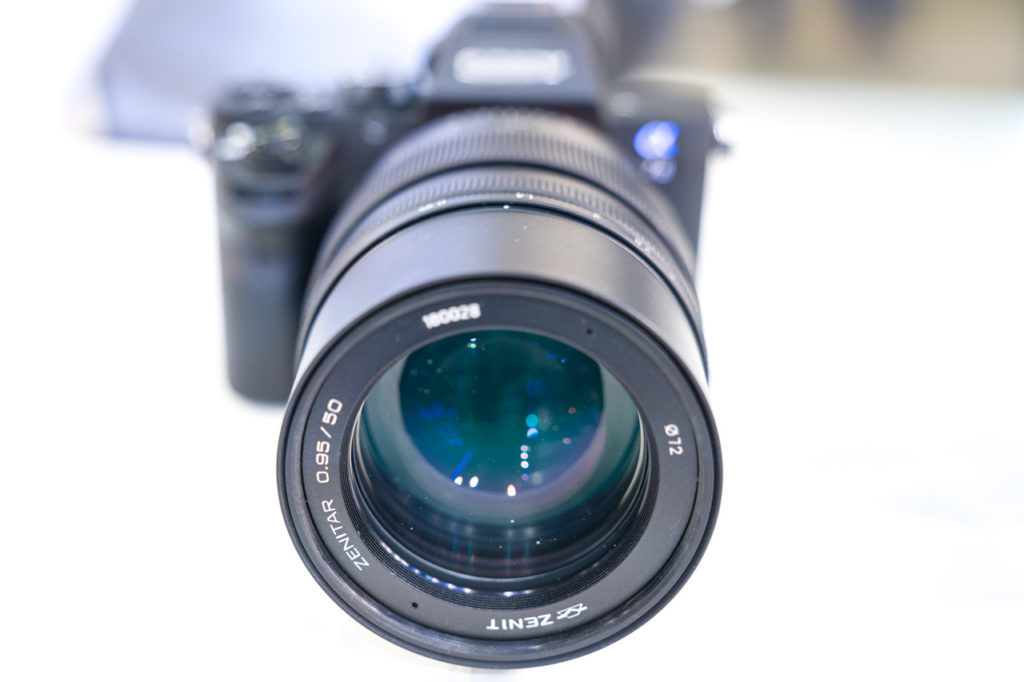
Some modern models are equipped with electronic circuits that allow you to control certain camera parameters.
When choosing a lens, you need to consider aperture. It shows the relationship between brightness and image indicators. What matters is the focal length, which affects the viewing angle and the size of the finished frame. Zoom allows you to enlarge the image, which is also important for the quality of the image.
Luminous efficiency is affected by aperture ratio. The higher this indicator, the better and more expensive the device will be. This is because this way you can get the desired shots at a short shutter speed.
Gate
It is located between the matrix and the mirror. Triggered when the shutter is pressed. Allows you to adjust the light entering the matrix. If it is open, exposure will begin. The time spent on this process is called dwell time.
The shutter can be mechanical or digital. The first is found in many cameras. The second looks like several or one opaque curtain. It opens and closes with lightning speed. Has a response limit.

The digital option is not a separate part. It works electronically, and the shutter speed in this case occurs between the shutter zeroing and the moment when the information is read.
There are models equipped with a combination of these two types. They are called perfect. The digital shutter allows you to achieve the shortest possible shutter speed, and the mechanical type additionally protects from dust.
Diaphragm
This is an element that allows you to adjust the amount of light flux penetrating to the matrix. Located between the lenses in the lens. Consists of many petals. They come in different shapes. As the mechanism gradually closes, the amount of light entering decreases. Accordingly, if you open it, the flow volume will become larger.
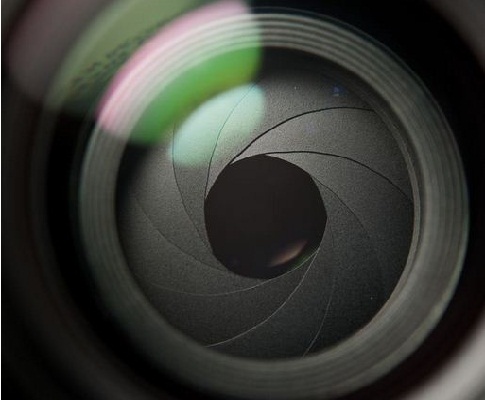
The aperture also allows you to achieve different effects in the photo, depending on the degree to which the blades are closed. The device may have a different mechanism diameter. It is indicated on the camera with the mark f.
Modern DSLRs are equipped with a jumping iris diaphragm. They can only close to the required size at the time of shooting.
Viewfinder
A device that helps the photographer evaluate the upcoming shot in advance. This is easier to do if the viewfinder is large and has light-colored glass. But such a device can be expensive. Divided into several types:
- Optic. The most common type. This is the lens system located next to the lens. It may distort the frame a little, but it saves camera energy.
- Electronic. Presented in the form of a small LCD screen. It is located inside the case, which allows you to use it even in bright light. But it wastes electricity during operation.
- Mirror. Shows high contrast and good edge quality. Refers to the best of the listed types. The visible frame is formed by rotating the mirror.

Pentaprism
A device that flips the image and projects it into the viewfinder. It is into the pentaprism that the light flux enters first. It contains several mirrors. In the first one the picture is upside down. Passing through the second, it turns and, entering the viewfinder, has a familiar appearance to the eye.
Mirrors
When light passes the aperture, it hits this area. A mirror splits one thread into several. This allows the photographer to more accurately assess the future image and understand whether the focus is set correctly. When the shutter is pressed, the mirror automatically retracts.This allows you not to interfere with the light flux to fully penetrate inside the device.

Matrix
A microcircuit that allows you to obtain a high-quality image. It varies in resolution, size, and sensitivity. All parameters affect the final result of shooting. In SLR models there are mainly truncated and full-frame types.

Image Stabilizer
If the camera moves while shooting or the artist is still unsure of holding the camera, the frames may turn out blurry. Image stabilizer allows you to make the picture clearer. Not all models are equipped with it. It can be optical, controlled by a special sensor, with a movable matrix fixed on a moving platform. There can also be an electronic type, when the picture is converted only thanks to the processor.
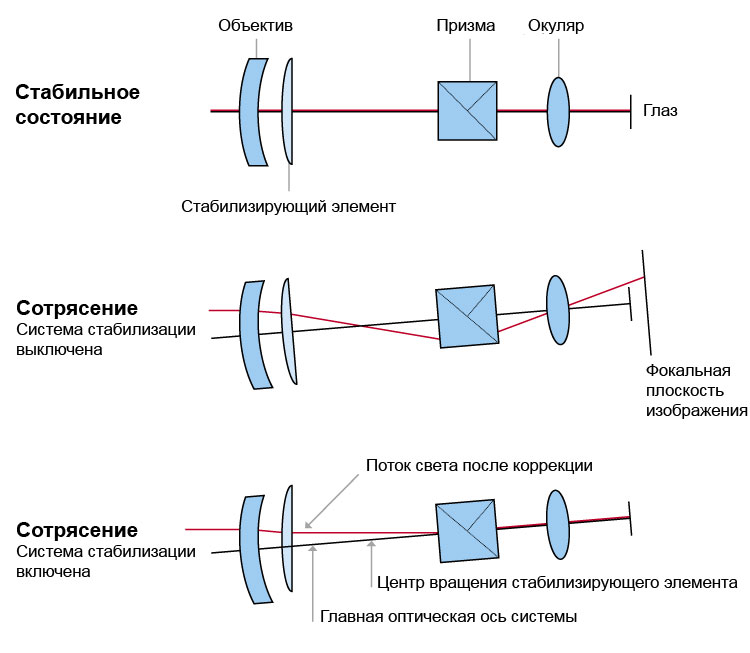
Built-in flash
Necessary as an additional source of lighting. Allows you to shoot in low light. This is an inline element. Works in automatic, forced or slow synchronization mode. The photographer can independently disable this function.
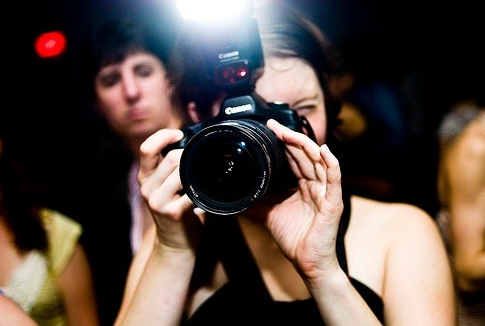
Self-timer
Necessary for creating self-portraits or eliminating vibrations of the device. It allows you to achieve a delay between pressing the shutter button and the moment the photo is taken. Auto-timer allows you to take a shot not immediately, but with a slight delay.
CPU
It helps calculate exposure and process data received from the matrix. It is the processor that controls the flash and autofocus. Allows you to adjust sharpness, contrast and other shooting parameters. The processed data is stored in RAM. You can also use special memory cards.
Operating principle of a SLR camera
SLR cameras differ in that some additional processes occur during shooting. The passage of an image through the lens contains several stages before its final appearance is sent to the device’s memory.

Light rays penetrate the pentaprism through frosted glass. The frame flips. The photographer presses the shutter. At this moment the mirror changes position. The shutter moves back, the frame is transferred to the matrix in its normal form. The device then reads the information and displays it on the screen.
To properly and fully use a DSLR camera, you need to know how everything works in it. Her work process is quite simple. Each of the described details affects the image quality. Therefore, you should consider all these parameters before purchasing.

